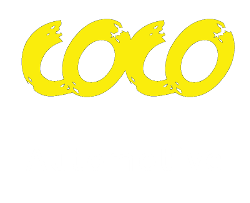Our business is very competitive. It is timely, it is differentiated
We will disrupt an existing status quo, single handedly invent a new thriving industry sector. A new industry active in a reinvented sector. A very young and exciting sector that was totally normal before the first industrial revolution. Now a days it is considered to be a new sector and we call it “The Circular Economy”.
Specifically we will be Upcycling existing user products.
Ca. 2.500.000.000 big is the existing market, our NEW market, this Upcycling market where after 10 to 15 years these user products are being discarded.
Through Upcycling we will be able to extend the lifecycle by the factor of 5.
1.000.000 kilometers will become the new norm and we keep more than 80% of the original product.
Yes we are talking about Vehicles.
To be clear about terminology: We are NOT talking about refurbishing or recycling nor are we talking about repairing or renovating.
I am talking about Upcycling.
What is Upcycling? That is, taking a existing product and making it better then it was when it left the factory many years ago while reusing most of the existing product and it’s parts.
We are talking about the newest technology that didn’t yet exist when that Vehicle was designed and newly build. Technology that now is getting to be the norm and is standard installed in a new Battery operated Electric Vehicle (BEV or simply EV).
Why is this interesting for the customers? Why would they want to buy a Upcycled product?
We are going to use vehicles that are ,mostly older than 3 years and because our customers know it very well and are using it already for years. They know the original level of quality. They have an emotional bond with the brand and most likely with this particular model. And now they are able to have it completely new, totally electrified, totally upgraded including the latest technology… and totally and legally certified according to the latest standards.
And the beauty of it all. We are able to only ad 15% to 20% new parts so our overall footprint producing these vehicles will be ultra small.
The cherry on top
We will hit the consumer market with, for instance, a C and D sector Car with a at least €10.000 to €15.000 lower price tag then a new Electric B or C sector Car will have.
in case of delivery- and taxi vans the difference, compared to a new one, could go up as much 25% to 30% of the purchage price.

